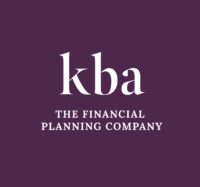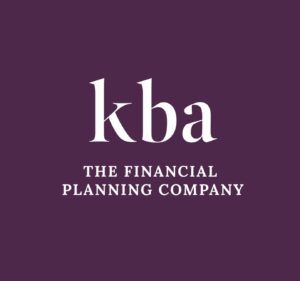The clock is ticking, and the end of the tax year is fast approaching. But there’s still time to make sure you’ve used all the available allowances to boost your wealth before everything resets on 6 April 2024.
Many tax allowances are lost once the current tax year is over, so with 10 working days before the 2023/24 tax year ends, read on for three proactive steps you could take to boost your pension.
1. Use all your Annual Allowance
The Annual Allowance is the maximum amount you can contribute to your pension in a single tax year without facing an additional tax charge.
In 2023/24, the Annual Allowance is £60,000 or 100% of your earnings, whichever is lower. This includes your own contributions as well as those made by your employer or other third parties.
Your Annual Allowance may be lower if either of the following applies:
- If your threshold or adjusted income is more than £260,000, you may be subject to the Tapered Annual Allowance. In this case, your Annual Allowance is reduced by £1 for every £2 your income exceeds these thresholds. So, if your adjusted income was £280,000 your annual allowance would be reduced to £50,000. Tapering stops at £360,000 so if you’re a very high earner, you should still retain an allowance of at least £10,000.
- If you have already flexibly accessed your pension, you may be subject to the Money Purchase Annual Allowance. This can reduce the amount you can tax-efficiently save into a pension to £10,000 in the 2023/24 tax year.
By using your Annual Allowance each tax year, your pension contributions can benefit from the maximum amount of available tax relief.
2. “Carry forward” any unused allowance from previous years
If you happen to have a substantial lump sum, perhaps from a work bonus or inheritance, it may be prudent to consider using “carry forward” to boost your pension savings.
Carry forward rules allow you to use any Annual Allowance that’s gone unused from the last three years.
If you haven’t used your full Annual Allowance in the previous three tax years, you may be able to carry forward unused allowance and make additional contributions without incurring tax penalties.
Now is your last chance to use your allowance from the 2020/21 tax year.
Remember, the Annual Allowance increased from £40,000 to £60,000 in the 2023/2024 tax year. And there are other rules that make carry forward complex to navigate.
If you think you may be able to utilise carry forward now or in the new tax year, please get in touch and we’ll be happy to help.
3. Make sure you claim the correct tax relief
Due to the tax relief you receive on contributions, saving into a pension is one of the most tax-efficient ways to save for retirement.
Typically, pension contributions benefit from tax relief at your marginal rate of Income Tax.
This means that if you’re a basic-rate taxpayer, the government would pay 20% of the gross contribution. This amounts to £20 out of a gross contribution of £100.
If you’re a higher- or additional-rate taxpayer, the tax relief is even greater – 40% or 45% respectively, amounting to £40 or £45 from a gross contribution of £100.
However, while most pension providers apply basic-rate tax relief at source, if you fall into a higher tax bracket, you’ll need to put in some legwork and claim additional relief through your self-assessment tax return or by contacting HMRC directly.
For higher earners, this is an important step not to miss. Especially when you consider the amount of money that is currently being left unclaimed.
Indeed, according to Standard Life, £1.3 billion of pension tax relief went unclaimed between 2018 and 2023 – which goes to show just how many people could be missing out.
If you’re a higher earner, a sensible step to help maximise your pension savings is to contribute the tax relief you claim back into your pension – creating cyclical tax benefits and increasing savings in your retirement pot.
Missed out? Fear not – you’re able to claim back any tax relief for the last four tax years. So, there’s still time to make sure the money you’re owed ends up in your pocket, instead of with HMRC.
Get in touch
Keeping track of your pension and retirement savings can be hard.
We’ll help you understand what you have in your various pots, and advise you on how to get the most out of your pension, including maximising schemes and utilising tax relief.
So, whether you’d like to ensure you’ve made the most of your tax allowances or want to discuss additional ways to boost your retirement savings, please get in touch.
Email contactme@kbafinancial.com or call us on 01942 889 883.
Please note
This article is for general information only and does not constitute advice. The information is aimed at retail clients only.
A pension is a long-term investment not normally accessible until 55 (57 from April 2028). The fund value may fluctuate and can go down, which would have an impact on the level of pension benefits available. Past performance is not a reliable indicator of future performance.
The value of investments and any income from them can fall as well as rise and you may not get back the original amount invested.
HM Revenue and Customs’ practice and the law relating to taxation are complex and subject to individual circumstances and changes, which cannot be foreseen.
Approved by The Openwork Partnership on 23/02/2024.


